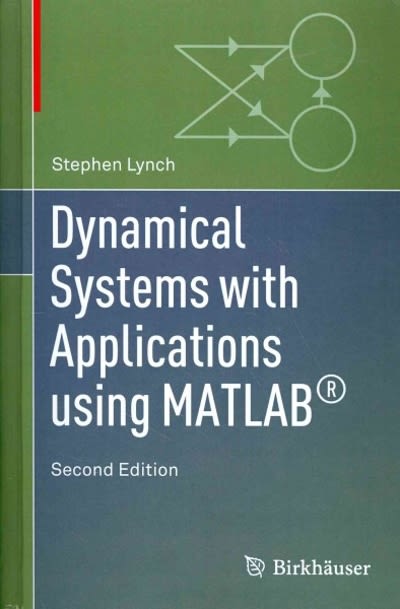Question
Ethan Smith is a 13-year-old diverse learner in 7 th grade. He has two parents who work with him diligently to improve his reading. At
Ethan Smith is a 13-year-old diverse learner in 7th grade. He has two parents who work with him diligently to improve his reading. At the beginning of the year, his mother expressed concerns over Ethan's ability to read and explained how he did not like to read but would try with much labor. She was concerned because the older he gets, the harder the words are and the more he struggles with understanding and completing his assignments. Ethan's mother explained the difficulties he had with sounding out a word. She said she tried to get him to see the parts of a word within big words, but Ethan struggled greatly with this task. She explained that if he had to read just 2 pages and answer questions at night, it could take him up to 2 hours to complete. She wanted to know what could be done to help him since the gap gets bigger as he gets older.
The teacher, Ms. Clark, assured Ethan's parents she would assess Ethan's reading by providing universal screeners in reading and then create a plan of action. Ms. Clark began with passages from 1000 to 1200 Lexiles, which represented the 7th grade Lexile levels. She gave Ethan 3 passages to read orally for one minute while she assessed errors as he read to measure his oral reading fluency (ORF).She measured the number of words he read correctly per minute by subtracting errors from the total number of words read. The total words read per minute (wcpm) with errors subtracted for Ethan's universal screeners were 80, 78, and 83. She completed a miscue analysis on the median passage that Ethan read as well. The below grade level ORF scores, his classroom performance, and his mother's concerns signaled Ethan needed more rigorous instruction, so the RTI team met and moved him to Tier 2 in the RTI process.
At Tier 2, Ms. Clark began collecting ORF data from Ethan on a weekly basis. To plot the data to measure growth, Ms. Clark established a baseline point from the median of the three ORF universal screeners and plotted that number on the graph as point 1. She calculated the ending or goal point (point 11) using research-based practices which was the predicted goal score after the 10 weeks of interventions.Using all the data, she came up with interventions.
The following sets represent 3 possible scenarios of data that Ms. Clark could have received. Only one of these sets was the actual set, which was the set below grade level expectations.
| Data for Scenario 1 | Data for Scenario 2 | Data for Scenario 3 |
| 68 | 79 | 83 |
| 83 | 83 | 84 |
| 80 | 75 | 87 |
| 83 | 83 | 90 |
| 65 | 80 | 91 |
| 80 | 90 | 89 |
| 79 | 87 | 92 |
| 76 | 85 | 90 |
| 81 | 81 | 89 |
Using thefile, Case Study: Data Interpretations Interactive ORF Charts and Graphs for Data Analysis, you will find the set of data that is below grade level expectations by inputting each set of data to the matching table beside numbers 2-10.
Also, input points 1 and 11. Points 1 and 11 will be the same for all three graphs since all scenarios would have the same universal screeners given above. The end points of the line should be dragged to connect point 1 and 11. This line is called the goal line, aim line, or regression line.
Follow the directions in the Case Study: Data Interpretations Assignment Instructionsand view the Presentation, RTI and Progress Monitoring, to understand how to get Point 1 and 11. Analyze the data around the goal line, and using your instructions, answer the questions in the Case Study: Data Interpretations Analyzing Data Guide. In that guide, you will answer questions about all three sets of data to guide you in understanding what data look can like when a student is below expectations, meets expectations, or exceeds expectations. Near the end of the guide, you will be instructed from that point forward, including Case Study 2 and 3, to use only the graph where Ethan is below grade level expectations.
Step by Step Solution
There are 3 Steps involved in it
Step: 1

Get Instant Access to Expert-Tailored Solutions
See step-by-step solutions with expert insights and AI powered tools for academic success
Step: 2

Step: 3

Ace Your Homework with AI
Get the answers you need in no time with our AI-driven, step-by-step assistance
Get Started


